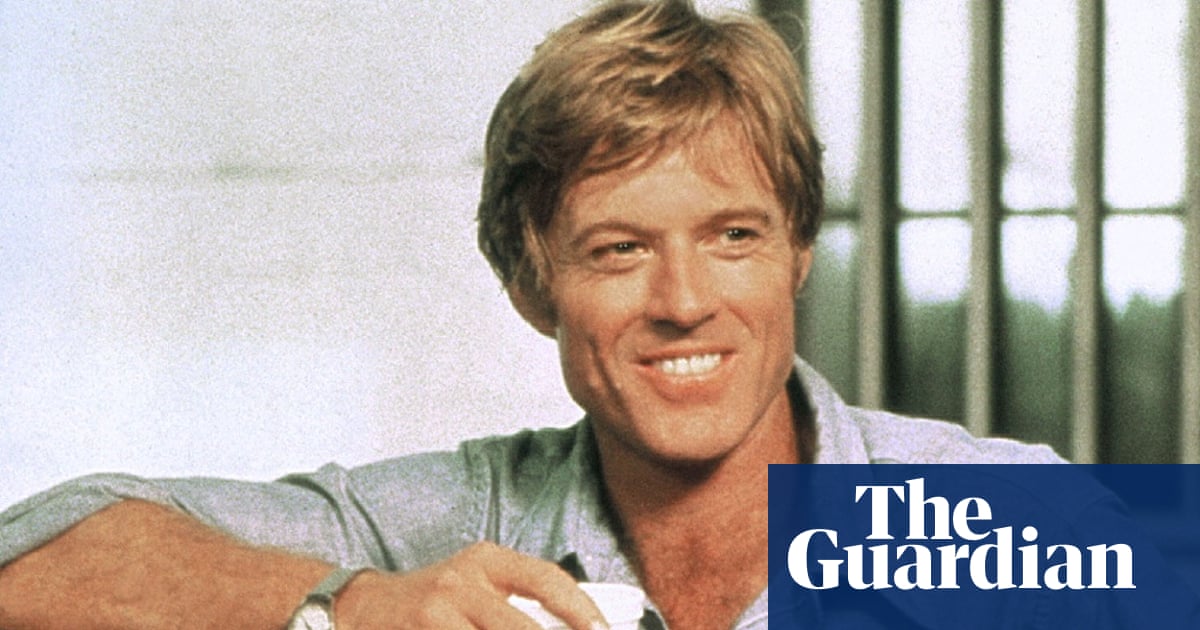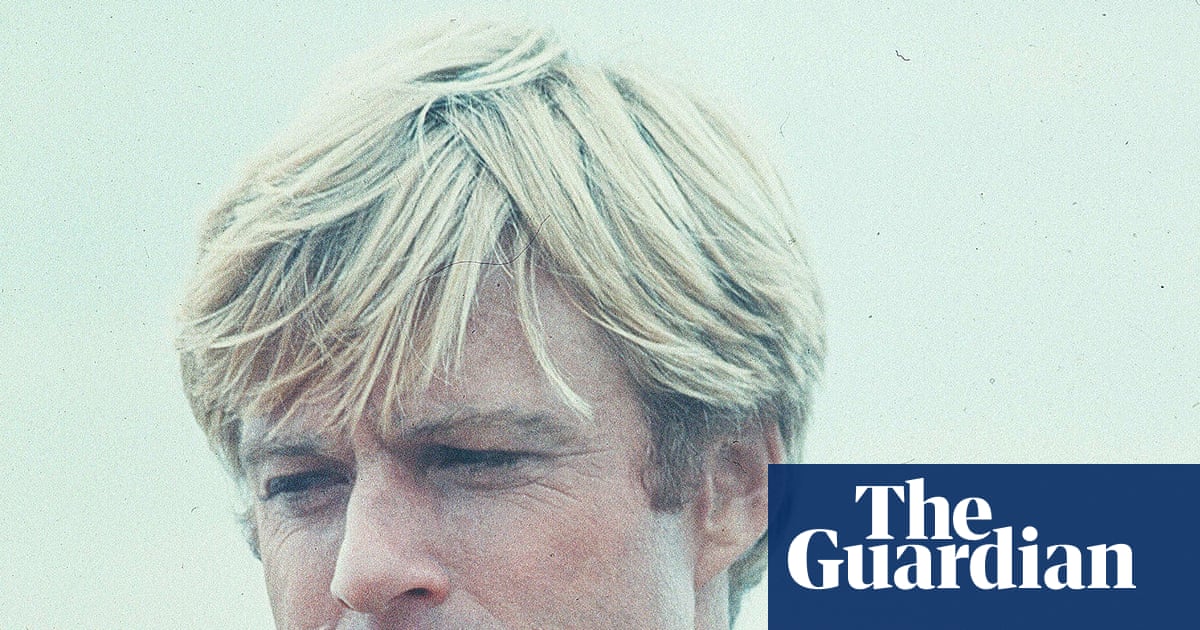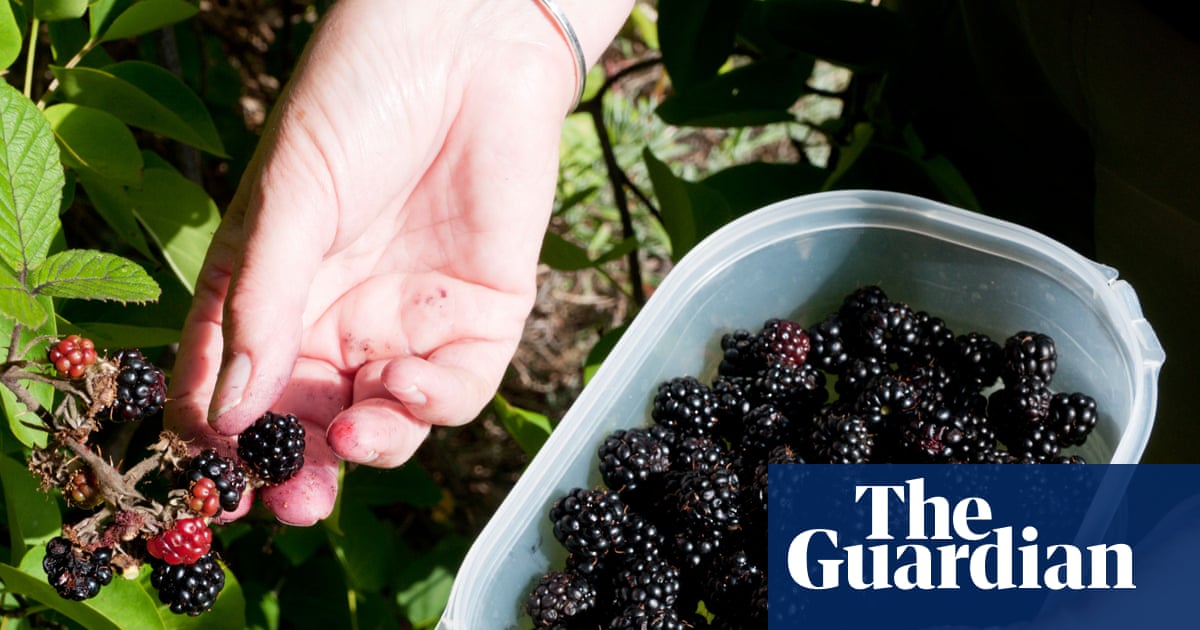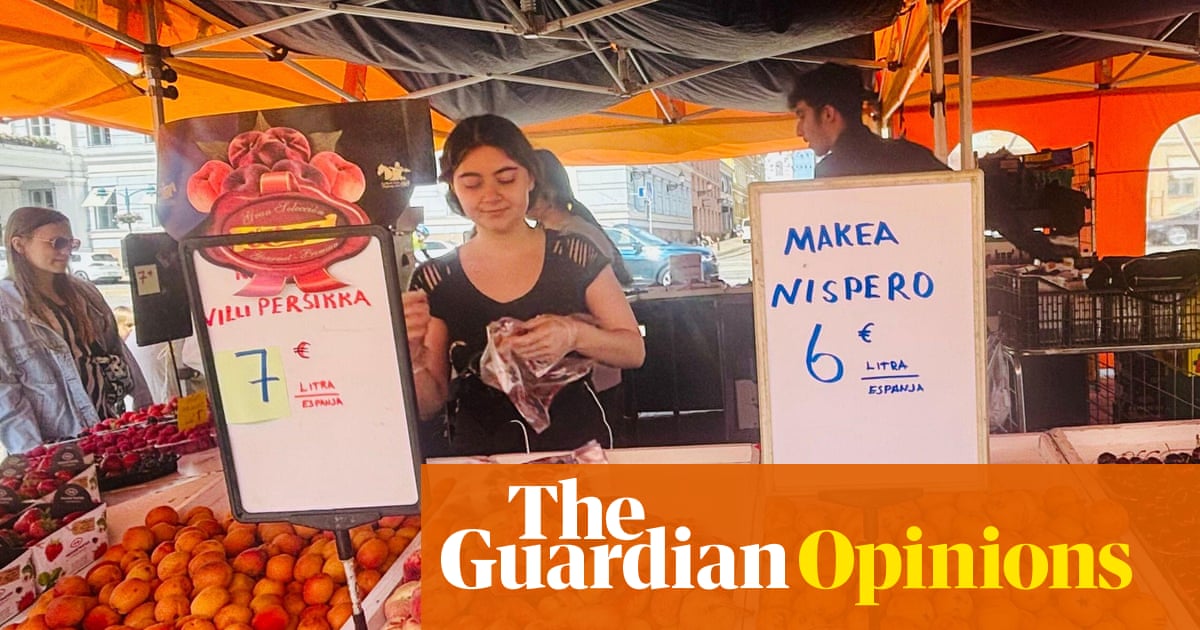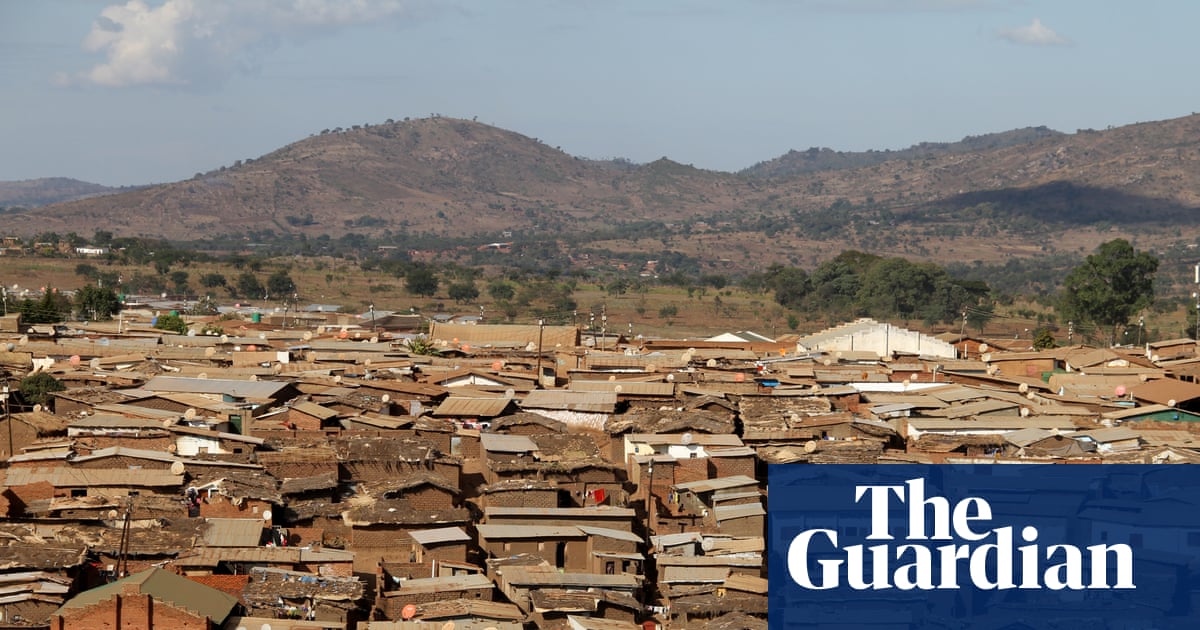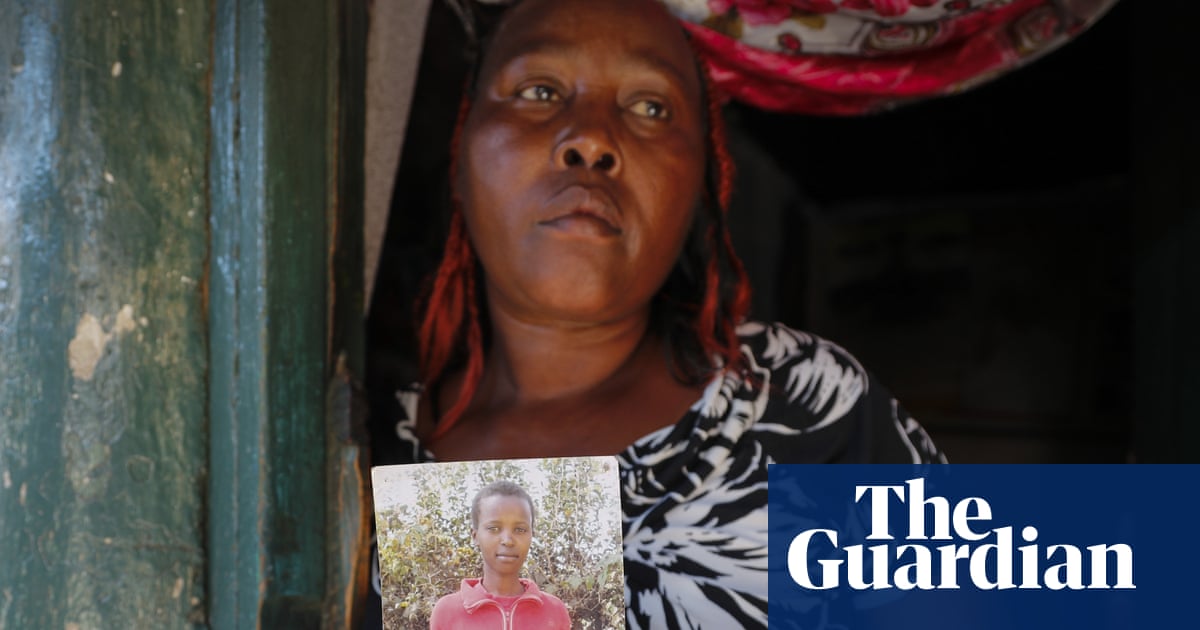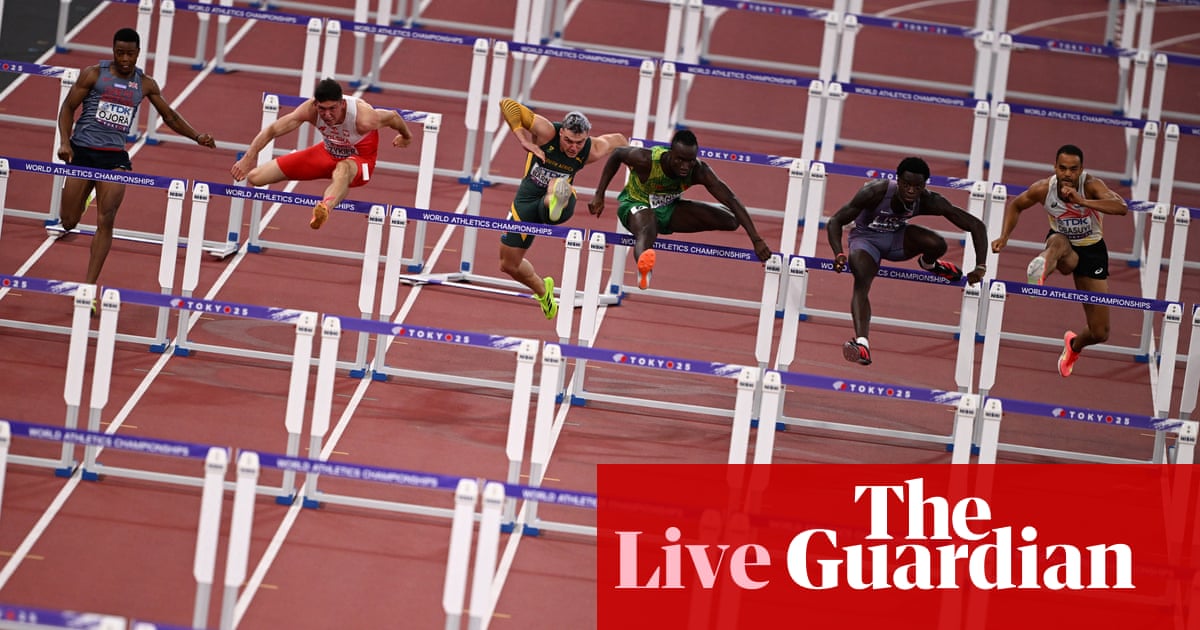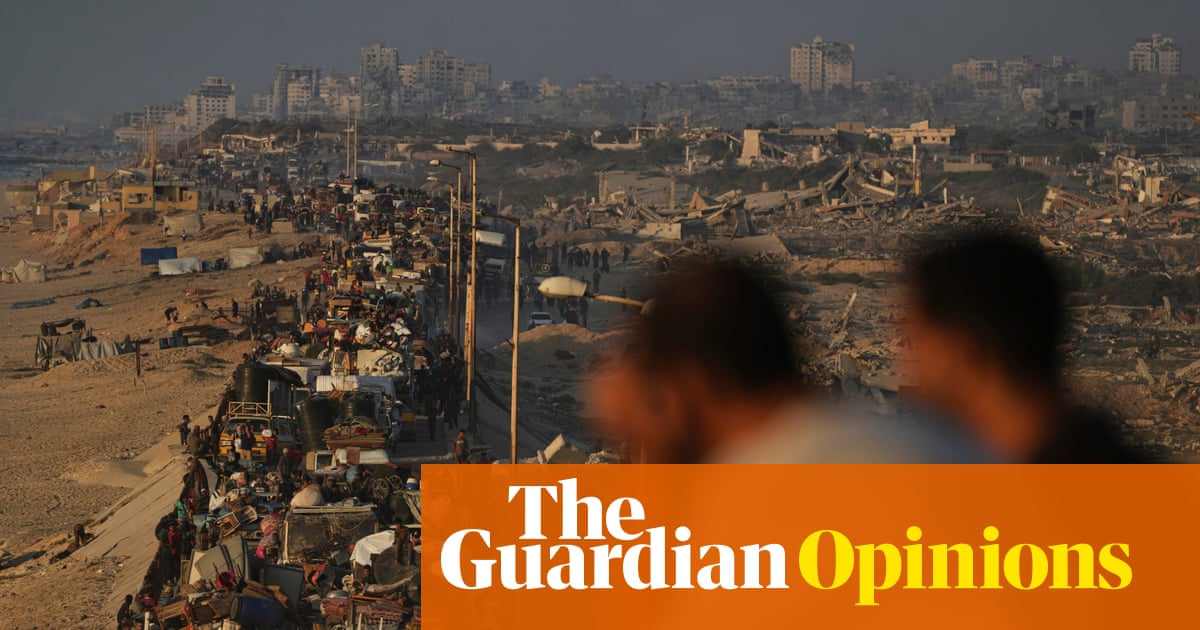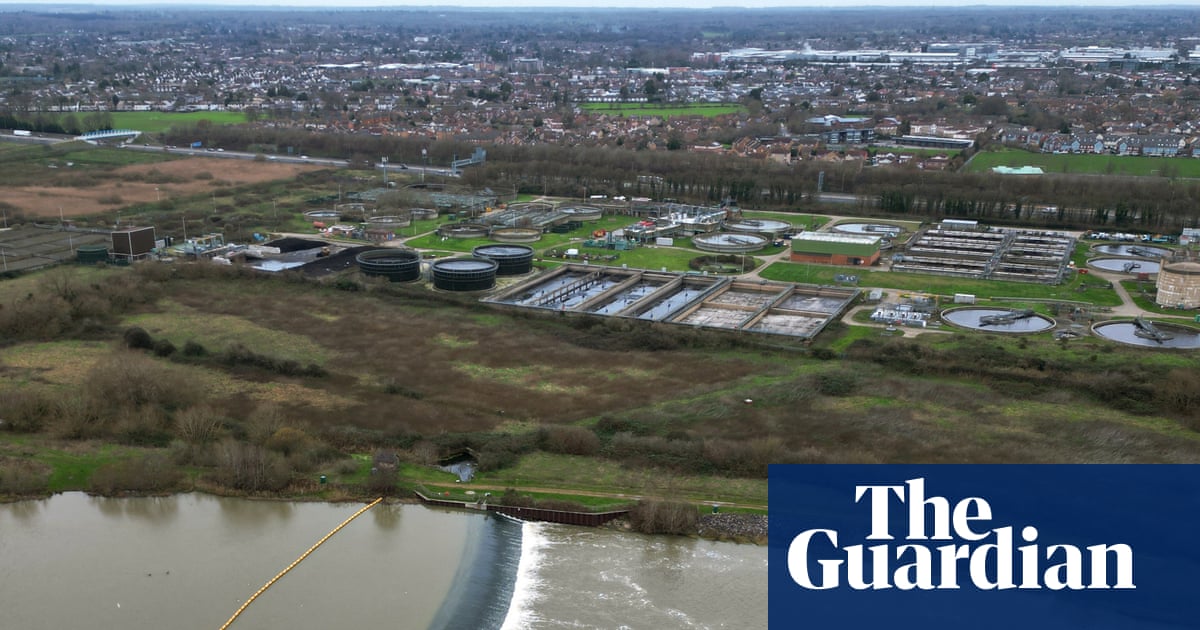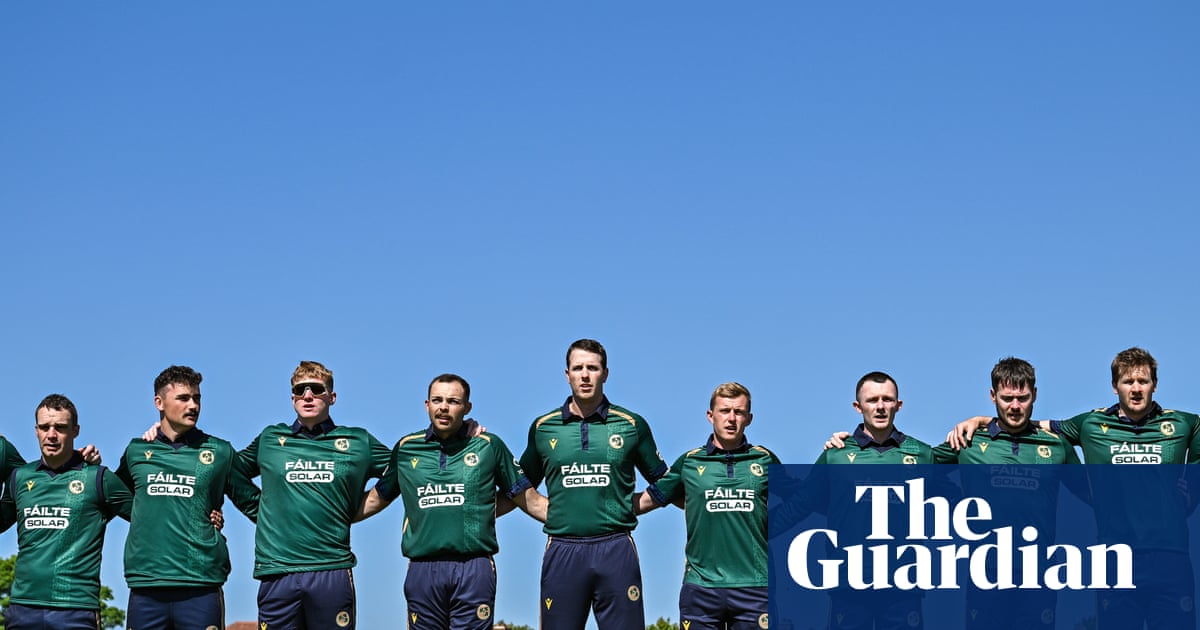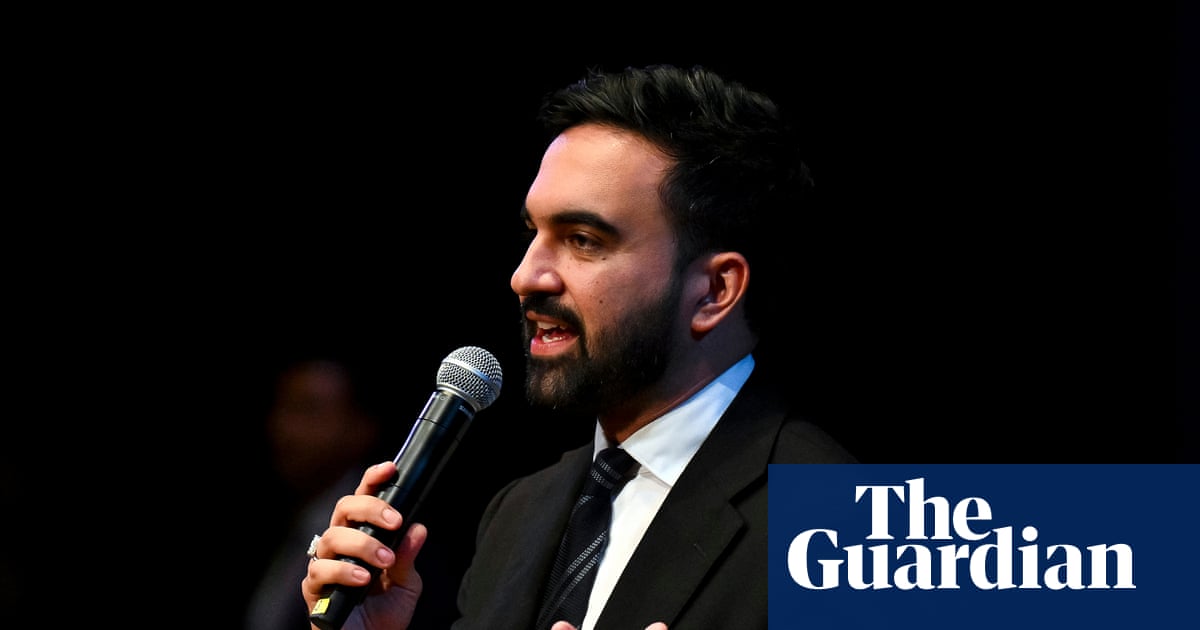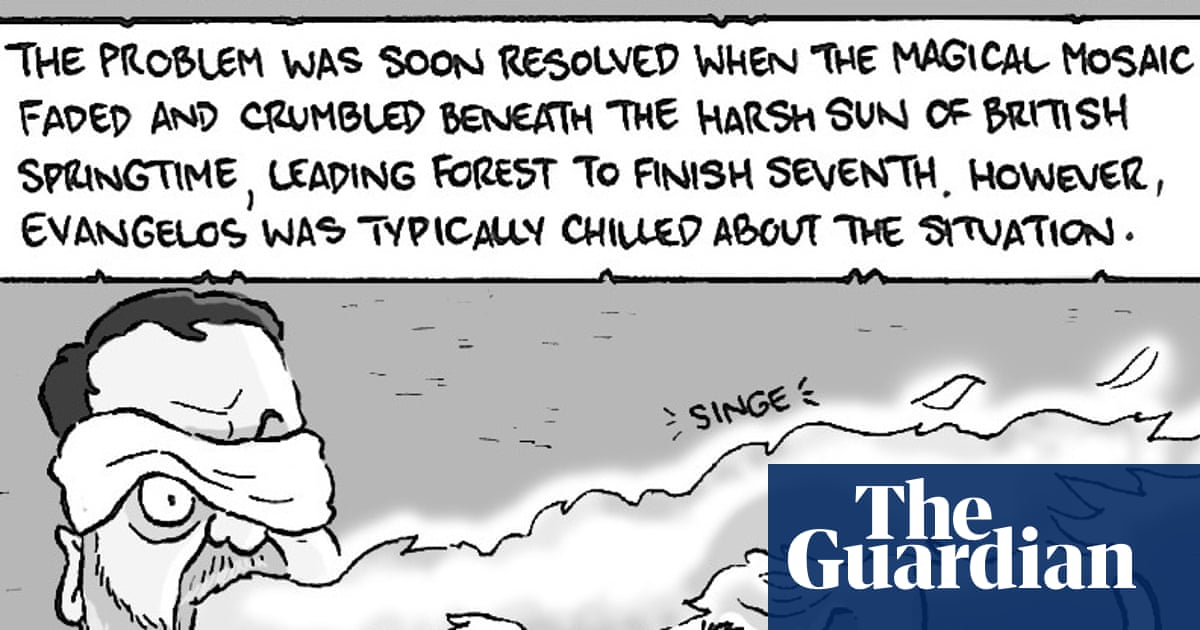The idea for Pink Man was born when I went to the first giant mall that opened in Bangkok. It was a warehouse on the outskirts of town that was so huge you got lost among stacks of products. Normally I would go to the supermarket with a small basket, but the trolleys I saw there were so big you could lie down in them. I saw a family in front of me filling one and I thought: “How many days will it take them to finish that? How much money do you need to fill this?” It reminded me of Duane Hanson’s hyperreal sculptures of American families but also how his art reflected his time. I thought my art should reflect my time, too.
I was born in 1961 and lived by the canals with rice fields right in front of me. I couldn’t believe how society had changed within my lifetime, how it had happened right in front of my eyes. In many ways my art is a reflection of my life. When I pass away you can look at my art and you will see my life.
The first Pink Man series, Pink Man Begins, was in 1997, two months before the Asian financial crisis. I photographed the performance artist and poet Sompong Thawee pushing an empty pink trolley in Silom, the financial district in Bangkok, while wearing a bright pink suit. At the time I felt there was something wrong with Thai society. People were becoming crazy, wanting to be rich and always talking about money. A new set of values were emerging at odds with the predominantly agricultural society I had grown up in, where Buddhism – the predominant religion – teaches you to live a humble life. Pink Man, in his tasteless pink suit, is a personification of consumerist greed. His empty cart represents how we will always feel empty no matter how much we consume. I wanted to question if this was the direction our country wanted to go in.
This photograph was taken in 1998 when the Thai government began promoting its Amazing Thailand tourism campaign as a response to the economic downturn. Its idea was that tourism was an industry that was free because Thailand already had everything: culture, nature and beaches. I wanted to challenge the idea that tourism doesn’t cost anything: no, it costs. When bars, noise and traffic come to a small fishing village people have to change their way of life to serve tourists. Pink Man is a critique of consumerism, and tourism is just another form of consumerism.
I took Pink Man to the Chiang Mai Social Installation festival in 1998. I wanted him to push his trolley silently outside Thae Pae Gate, the entrance to the old town and a popular tourist attraction. I didn’t make an announcement, I wanted it to happen spontaneously and see the public’s reaction. People were surprised and confused: they thought he was trying to sell something or that he was part of a commercial.
We were travelling together, so I took the opportunity to take photos at tourist markets, hotel resorts and this rice field, which became Pink Man on Tour. It was not easy for Sompong because it was very hot in his cheap pink suit and he almost fainted. We had to stop because he was exhausted and ran back to the car to blast the air-con. It was difficult to set up the shot because we had to drag the trolley across the rice field, but rice fields are not meant for shopping trolleys!
After years of doing Pink Man, I felt sorry for Sompong. I thought he got bored of posing for me, so I tried using a different actor, but there was something missing. Sompong has an anger in his aura, just like how city people try so hard to make money but are still not happy. In 2018, I received an invitation to a gallery in New York and I knew this was the place to end Pink Man. The consumerism he represents was born in America, so it felt cyclical. I photographed pink body bags next to the trolley which became The Last Man and the End of His Story.
My Pink Man photos have been exhibited around the world. I think he was so successful because at the time there was no real contemporary photography in Thailand. Photography was considered a decorative art, but my teacher at Srinakharinwirot University taught me that photos can reflect ideas, be conceptual, experimental, and deal with current issues. Pink Man was a benchmark that helped push Thai photography into the contemporary.
Manit Sriwanichpoom’s CV
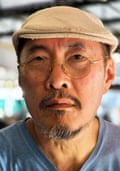
Born: Bangkok, Thailand, 1961.
Trained: Visual art at Srinakharinwirot University with major in photography.
Influences: Robert Frank, Duane Michals, Caravaggio.
High point: “The series Horror in Pink in which I Photoshopped Pink Man into black and white news photos of the 6 October massacre in 1976 [a violent crackdown against students who were protesting the return to Thailand of former military dictator Thanom Kittikachorn] that hadn’t been shown before. It meant the memory of those events were refreshed and the photos were no longer dead. Instead, news photography became art.”
Low point: “Killing the character of Pink Man in 2018.”
Top tip: “Ask yourself every time you take a photo if it is you really seeing, or are you just repeating something you have already seen.”

.png) 3 months ago
122
3 months ago
122
